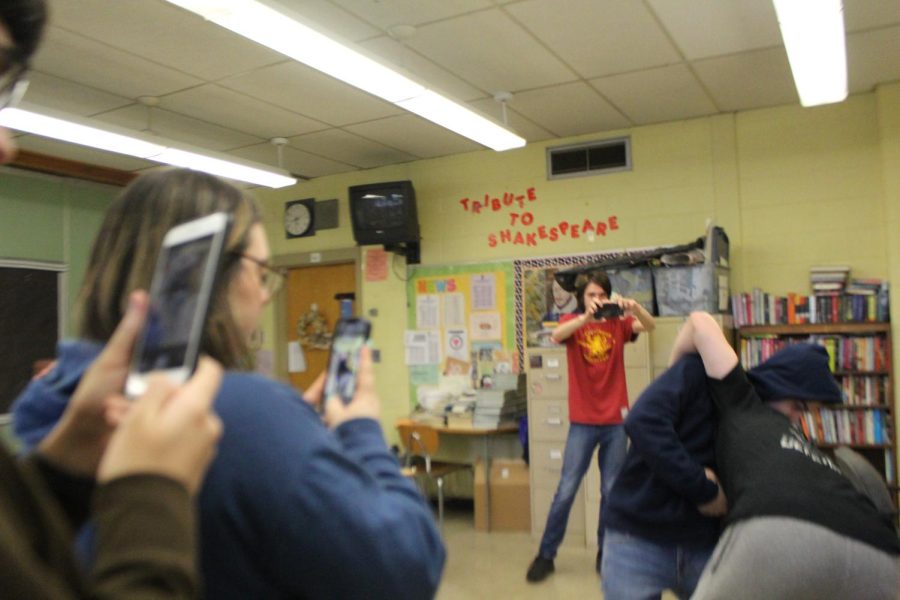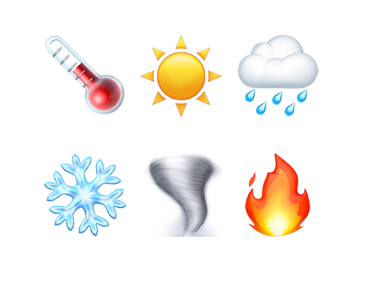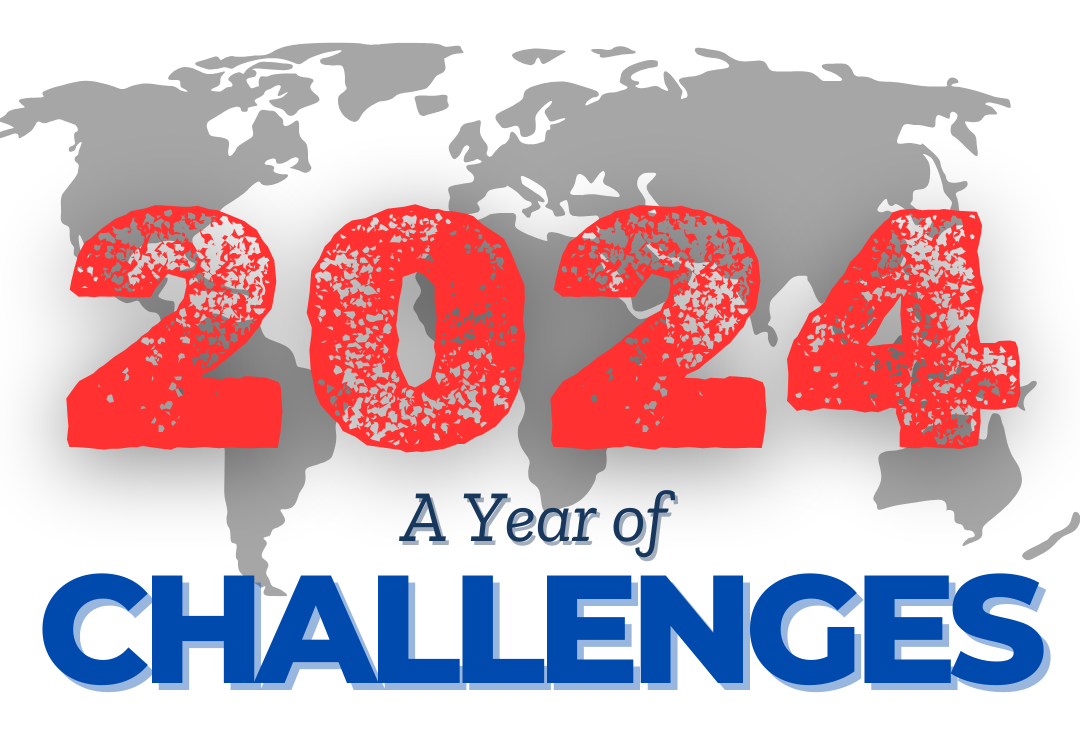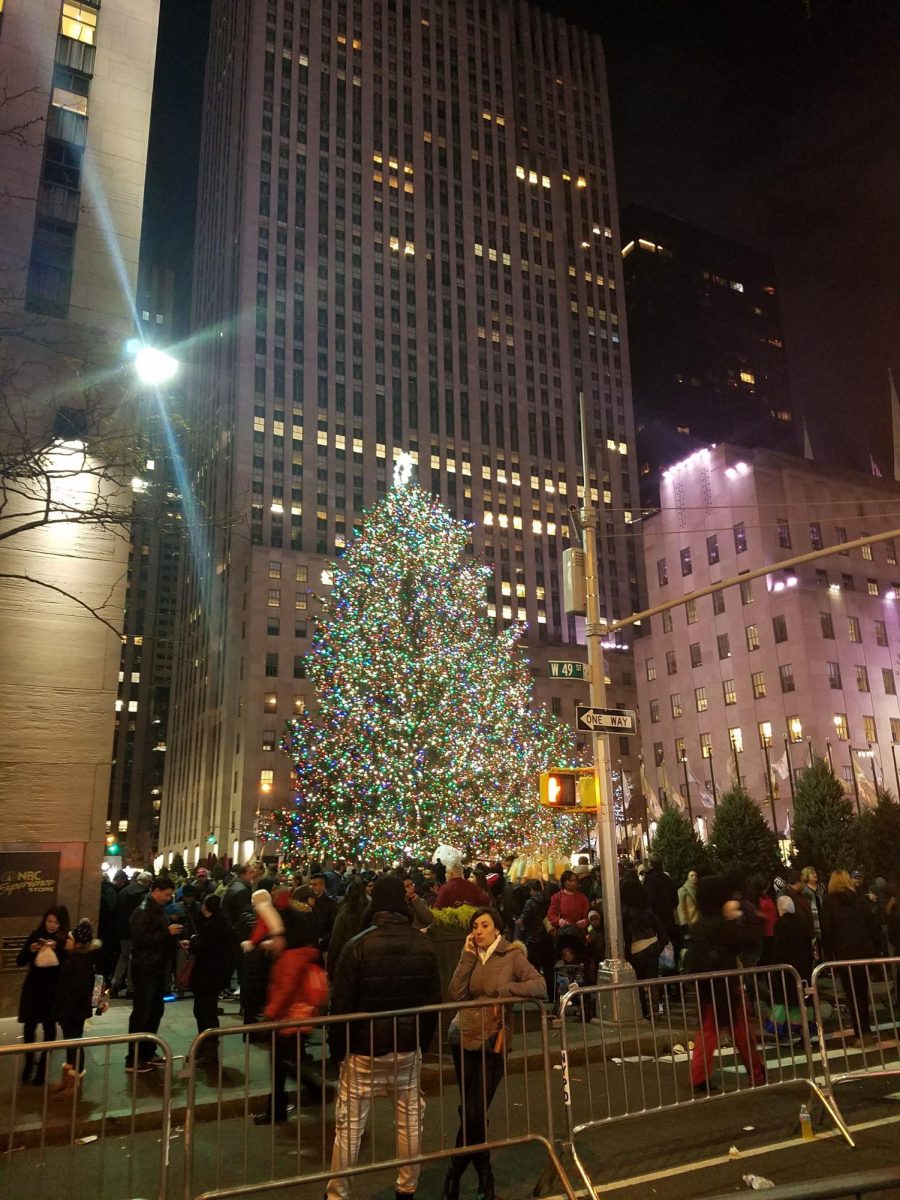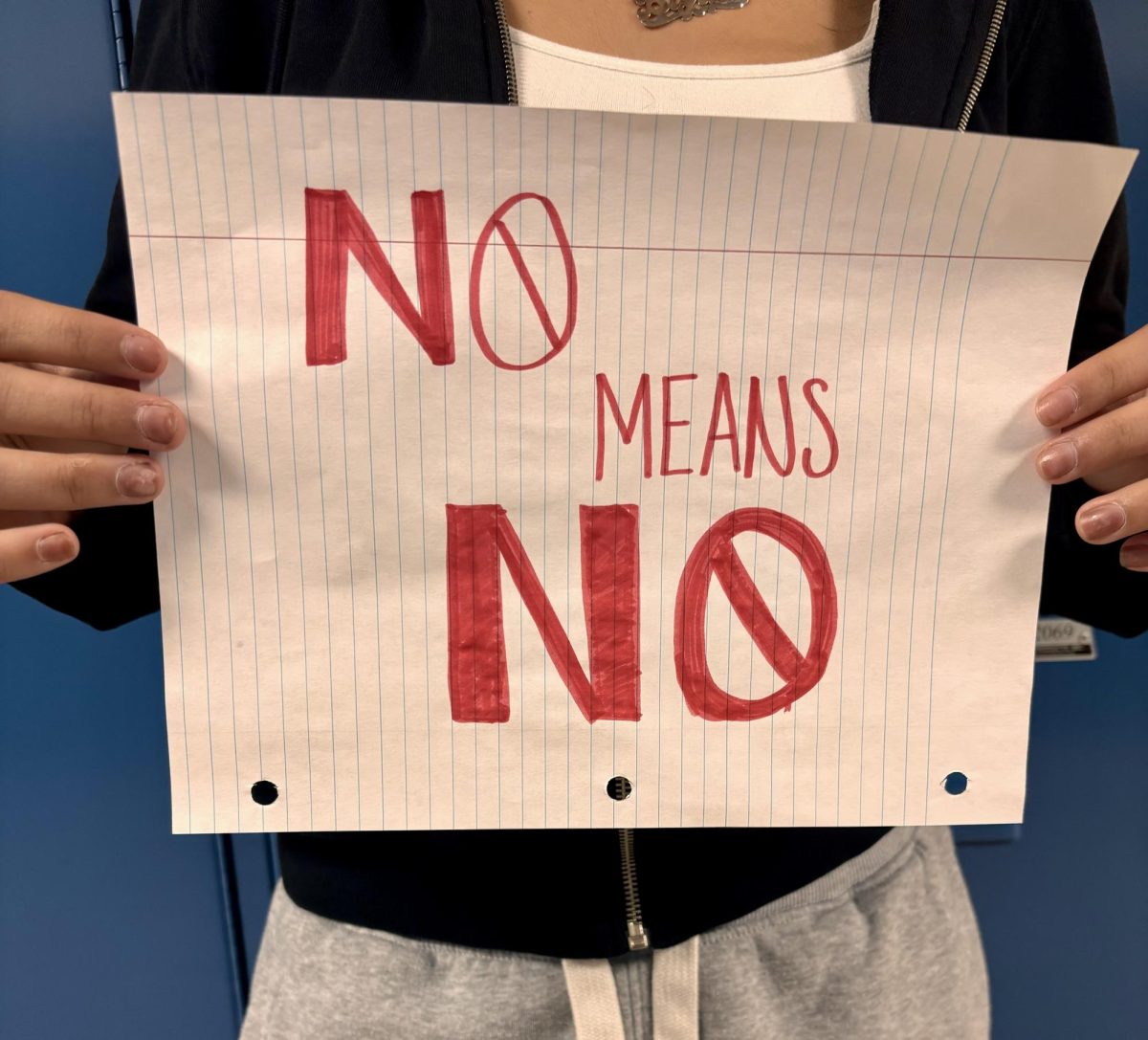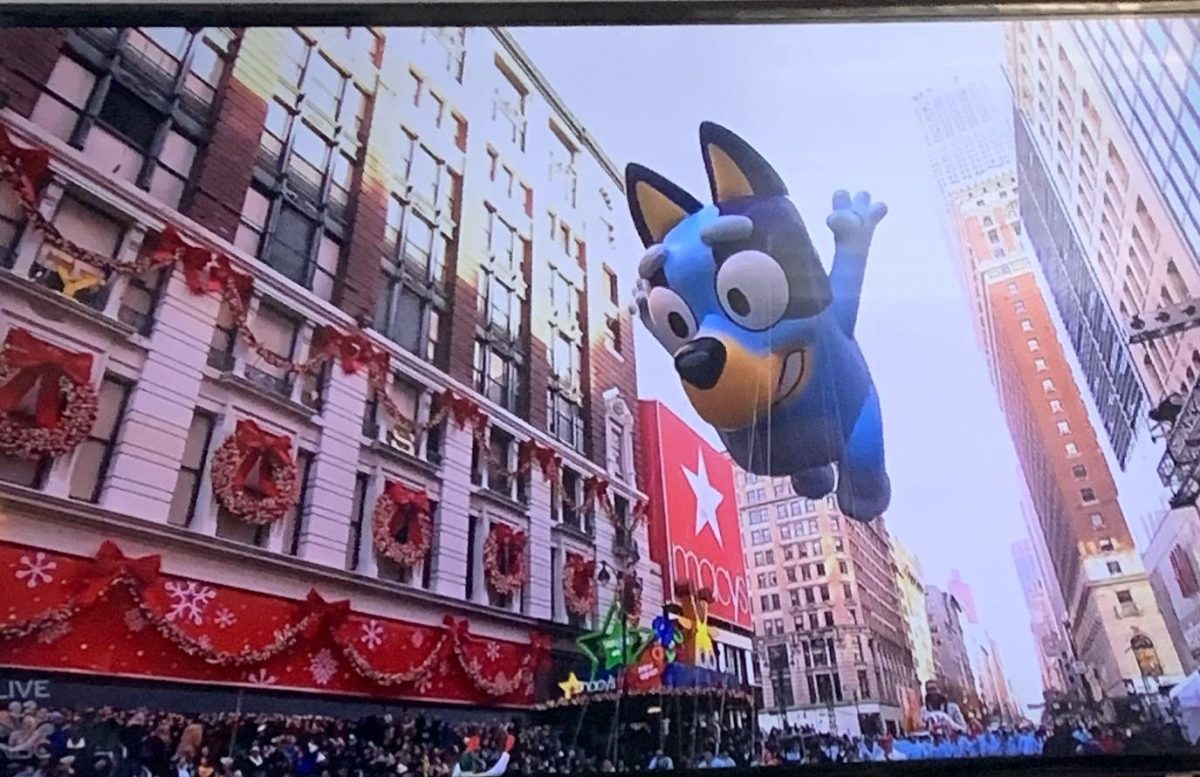Schools are scrambling to confront what looks to be a growing threat as a result of the growing trend of students recording and posting fights and brawls on social media.
The main issue
The bystander effect, when individuals choose to watch an emergency without intervening to assist a stranger, has been studied for many years. There have been new regulations in some regions where participating in a fight, even if not physically, can still have repercussions
A recent development is the widespread distribution of recordings showing teenagers fighting on social media platforms like Snapchat, Twitter, and Instagram. The films, which are frequently taken by the fighters’ friends, are made both at school and in the adolescents’ free time. They encourage violence by highlighting the amusement that so many teenagers derive from seeing people harm one another.
Another issue to consider is the legality of filming a fight. According to Illegalguru.com, “It depends as laws vary from state to state. However, in general, it is likely that recording a fight in school without the consent of all parties involved would be considered illegal. Additionally, if the footage was shared without the consent of those involved, this could also lead to legal trouble.” If those people in the video do not know they are being filmed it can be viewed as surveillance.
Teachers perspective
Teachers have a lot of problems with the recording feature because when they are intervening in a conflict, people can see their faces all over social media. Then they receive criticism and are mocked, which is obviously awful for the teacher. The majority of teachers think it is their duty to ensure the safety of every student since parents have entrusted them with that obligation. Some teachers are allowed by their school system to stay out of the conflict and let it be resolved, even if it means shutting their classroom door.
Ms. Grose, a teacher at Colonia High School, says how dangerous these fights can be for them in schools, “From a safety standpoint, it’s all fun and games until the fight unravels to being on top of you, where no teacher signed up for.”
Why people record
Fighting is a rare occurrence in today’s society, which is the main reason why people record it. Anything that we don’t anticipate seeing again soon is captured on film. Every day, you might observe individuals chatting or strolling along minding their own business, and because you have seen it all so frequently, it has become somewhat standard and routine. It is also not noteworthy to be recorded. But a large altercation that results in punches being thrown is not at all ordinary. So many individuals stop, observe, and record as a matter. People would merely observe it without interfering before phone cameras became commonplace.
Additionally, it is considerably safer to stay out of a conflict, and most people place an exponentially greater value on their own safety than that of others. If there are numerous witnesses, the idea of responsibility distribution arises because each one believes that “someone else is going to assist with the fight, I can simply stand here, it wasn’t my personal responsibility.” Someone will be more likely to participate actively in trying to regulate a violent situation if he or she believes they are the only witnesses to it.
Has the pandemic affected fights
The epidemic caused significant changes, according to teachers, and a vast majority of them thought that COVID-19 had a negative impact on the behavioral and socioemotional growth of students. Most people think that the pandemic played a role in the rise in disruptive student conduct. Given that many students this past year had to deal with greater stress, loneliness, and emotional wellness requirements, some of these problems were predicted to worsen over time.
Understanding that most people went through those experiences and were then forced to rejoin in society while acting that everything was normal is a significant step that most still haven’t reached.
This is about genuinely assisting schools and administrators in seeing that children who are irritated won’t be able to interact with you until they are calmed down and the situation has deescalated. You can solve the issue if you can get rid of those little aches and pains that cause individuals problems.
However, kids have a very serious problem when they are apart of these fights. They must decide whether to fight back and risk suspension or accept the chance of not fighting back and progressively being beaten up and made fun of by other peers.
The issues recording can cause
Sharing these recordings may incite additional violence or retaliation and occasionally prolong existing conflicts. For individuals who are filmed, it can be humiliating and retraumatizing, and it might be detrimental to their emotional and mental health in the long run.
In a number of schools around the country, harsh rules were put in place to discourage the filming of fights. In a school district in Mecklenburg County, North Carolina, “any student identified filming a fight will have their phone confiscated and face up to five days of suspension. Students who witness a fight and refuse to leave when told by staff could face up to two days of suspension. All students will be made to participate in conflict resolution training.” Are tougher consequences a proper deterrent?
Teenagers need to understand that seeing violent altercations on social media is not acceptable, that it should not be shared or copied, and that it is not amusing to watch people harm one another. Instead of encouraging fighting through the distribution of such recordings, encourage people to try to put an end to the conflicts they witness.



